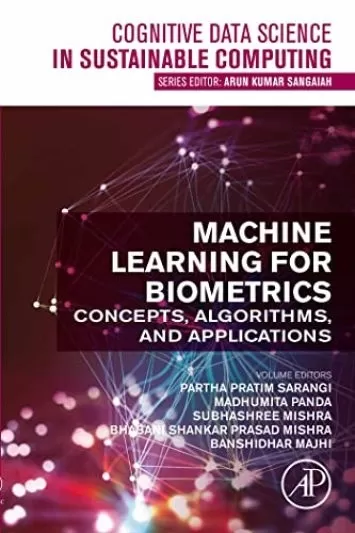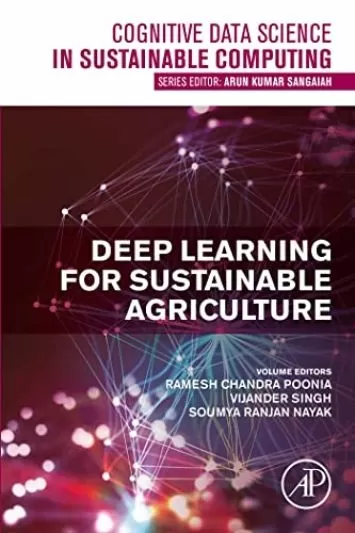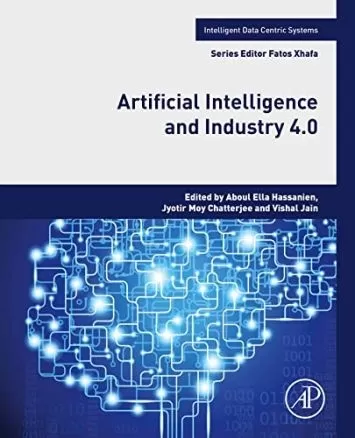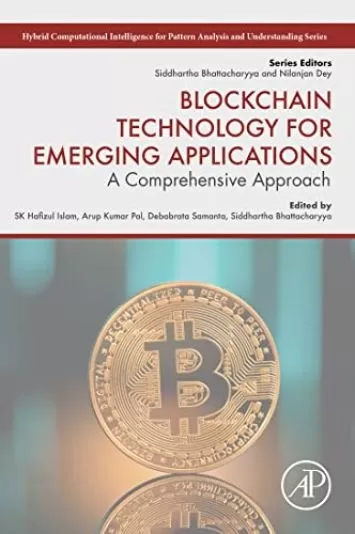"One of the ways in which human beings attempt to understand relationships among objects, beings and concepts is through the process of classification. Sometimes our classifications are simple (heavy vs light) and sometimes complex (the phylogeny of living things), but each attempt to develop a classification system represents an attempt to improve our understanding of the world around us. In this tour de force, Dr. Berman creates a unifying framework by which to understand successful (and unsuccessful) classification systems in fields ranging from mathematics to biology, showing the dependence of all successful classifications to at least implicit incorporation/acceptance of previous classifications in the mathematics physics chemistry biology chain, and without losing sight of the fact that the purpose of classification is understanding. Thus, development of classification systems both complements and frames the appropriate use of other tools, based on probabilistic and continuous mathematics, for understanding the world around us. The clear and detailed expositions that Dr. Berman provides in this book are useful to both scientists who wish to develop a deeper understanding of how concepts like that of the periodic table both encapsulate known science and guide its further development, and to non-scientists who wish to develop a better understanding of how scientists think. I highly recommend it." --Timothy J. O'Leary, MD, PhD, Adjunct Professor of Pathology, University of Maryland School of Medicine, Baltimore, MD, United States; former Chief Research and Development Officer, Department of Veterans Affairs
--This text refers to the paperback
edition. About the Author
Jules Berman holds two Bachelor of Science degrees from MIT (in Mathematics and in Earth and Planetary Sciences), a PhD from Temple University, and an MD from the University of Miami. He was a graduate researcher at the Fels Cancer Research Institute (Temple University) and at the American Health Foundation in Valhalla, New York. He completed his postdoctoral studies at the US National Institutes of Health, and his residency at the George Washington University Medical Center in Washington, DC. Dr. Berman served as Chief of anatomic pathology, surgical pathology, and cytopathology at the Veterans Administration Medical Center in Baltimore, Maryland, where he held joint appointments at the University of Maryland Medical Center and at the Johns Hopkins Medical Institutions. In 1998, he transferred to the US National Institutes of Health as a Medical Officer and as the Program Director for Pathology Informatics in the Cancer Diagnosis Program at the National Cancer Institute. Dr. Berman is a past President of the Association for Pathology Informatics and is the 2011 recipient of the Associations Lifetime Achievement Award. He is a listed author of more than 200 scientific publications and has written more than a dozen books in his three areas of expertise: informatics, computer programming, and pathology. Dr. Berman is currently a freelance writer. --This text refers to the paperback edition.
From the Back Cover
"One of the ways in which human beings attempt to understand relationships among objects, beings and concepts is through the process of classification. Sometimes our classifications are simple (heavy vs light) and sometimes complex (the phylogeny of living things), but each attempt to develop a classification system represents an attempt to improve our understanding of the world around us. In this tour de force, Dr. Berman creates a unifying framework by which to understand successful (and unsuccessful) classification systems in fields ranging from mathematics to biology, showing the dependence of all successful classifications to at least implicit incorporation/acceptance of previous classifications in the mathematics -- physics -- chemistry -- biology chain, and without losing sight of the fact that the purpose of classification is understanding. Thus, development of classification systems both complements and frames the appropriate use of other tools, based on probabilistic and continuous mathematics, for understanding the world around us. The clear and detailed expositions that Dr. Berman provides in this book are useful to both scientists who wish to develop a deeper understanding of how concepts like that of the periodic table both encapsulate known science and guide its further development, and to non-scientists who wish to develop a better understanding of how scientists think. I highly recommend it." Timothy J. O'Leary, MD, PhD, Adjunct Professor of Pathology, University of Maryland School of Medicine, Baltimore, MD, United States; former Chief Research and Development Officer, Department of Veterans Affairs
Classification Made Relevant explains how classifications and ontologies are designed and how they are used to analyze scientific information. It is through our description of the relationships among classes of objects that we are able to simplify knowledge and explore the ways in which individual classified objects behave. The book begins by describing the fundamentals of classification and leads up to a description of how computer scientists use object-oriented programming languages to model classifications and ontologies. Numerous examples are chosen from the Classification of Life, the Periodic Table of the Elements, and the symmetry relationships contained within the Classification Theorem of Finite Simple Groups. When these three classifications are tied together, they provide a relational hierarchy connecting all of the natural sciences. The book is intended to reach a multidisciplinary audience of students and professionals working in the data sciences, the library sciences, and all of the STEM sciences. For the benefit of computer scientists, the glossary contains short scripts written in Perl, Python, or Ruby. Nonprogrammers will be spared from reading computer code, without missing out on the concepts covered in each chapter. Using the glossary links, every reader will be able to experience a version of the book tailored to suit their personal needs and preferences.
--This text refers to the paperback
edition. 





























